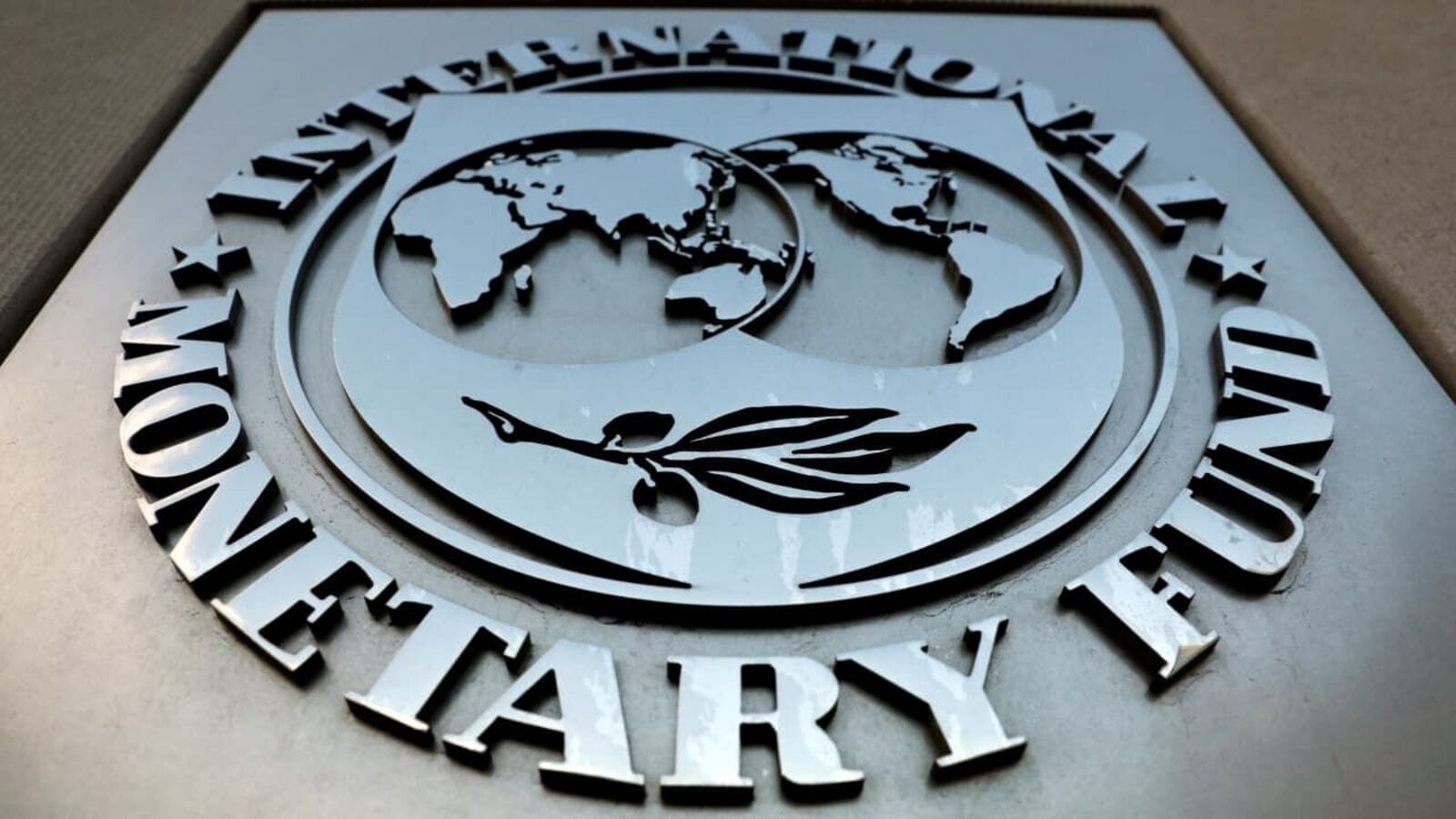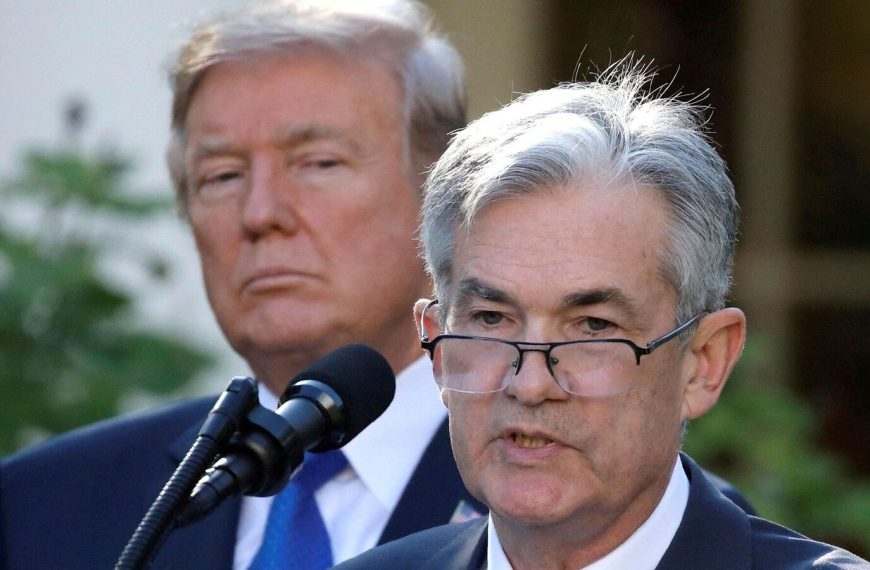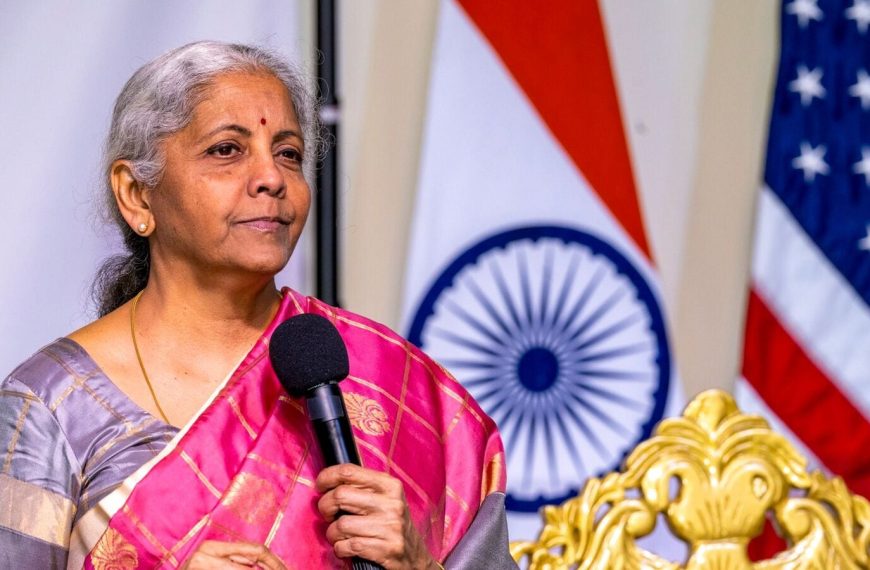In today’s interconnected world, the International Monetary Fund (IMF) has raised alarms about the potential consequences of unwinding global supply chains and financial networks. This concern coincides with the IMF’s recent World Economic Outlook (WEO), which has downgraded India’s growth forecast for the current fiscal year to 6.2%, a decrease from a previous estimate of 6.5% made last October. This revision reflects growing unease stemming from the ongoing U.S. tariff wars, which have cast a shadow on global trade dynamics.
Economic Uncertainty and Trade Policies
The IMF attributes much of the pessimism in its outlook to the uncertainty surrounding trade policies. According to Pierre-Olivier Gourinchas, the IMF’s economic counselor, businesses are likely to respond to this unpredictability by postponing investments and scaling back purchases. Financial institutions may also tighten their credit supply as they reassess risks in the evolving market landscape.
- Key points on the IMF’s assessment:
- India’s growth forecast for FY26 is projected between 6.3% and 6.8%.
- Private consumption, particularly in rural areas, is expected to drive this growth.
- The IMF’s forecast for FY27 anticipates a growth rate of 6.3%.
India: A Resilient Economy
Despite headwinds from global trade tensions, India continues to stand out as the fastest-growing major economy. The IMF’s report reveals a relatively stable outlook for India, although it acknowledges that the new forecast is 0.3 percentage points lower than earlier predictions due to heightened trade tensions.
The recent adjustments in U.S. tariffs have added complexity to the trade environment. Initially, the U.S. imposed a 27% reciprocal tariff on Indian goods, largely in response to India’s high import duties. However, this was later softened to 10%, providing some temporary relief to India, although challenges persist regarding currency stability and capital flows.
Global Trade and Economic Projections
The IMF has also revised its global trade growth expectations, now forecasting a mere 1.7% increase in 2025, down from 3.8% the previous year. This slowdown is mirrored by other organizations like the Asian Development Bank (ADB), which has lowered India’s growth forecast for FY26 to 6.7%, citing similar concerns over trade policies.
- Global economic snapshots:
- Projected GDP growth for the world stands at 2.8% in 2025 and 3% in 2026.
- Advanced economies are anticipated to grow by only 1.4% in 2025, with the U.S. economy slowing to 1.8%.
- Emerging markets are expected to see growth ease to 3.7% in 2025.
Inflation Trends and Future Outlook
On the inflation front, the IMF projects a gradual decline, with global inflation expected to reach 4.3% in 2025 and 3.6% in 2026. This reflects a shift in forecasts for advanced economies while slightly adjusting expectations downward for emerging markets.
As the Reserve Bank of India revises its growth forecast to 6.5%, the World Bank maintains a slightly higher estimate of 6.7%. The economic environment remains fraught with risks from trade disruptions and geopolitical tensions. However, improvements in employment, access to credit, and easing inflation rates are likely to bolster private consumption in the coming years.
In conclusion, while India faces challenges from global uncertainties and trade policies, its robust fundamentals and resilient growth trajectory offer a beacon of hope amid a turbulent economic landscape.











